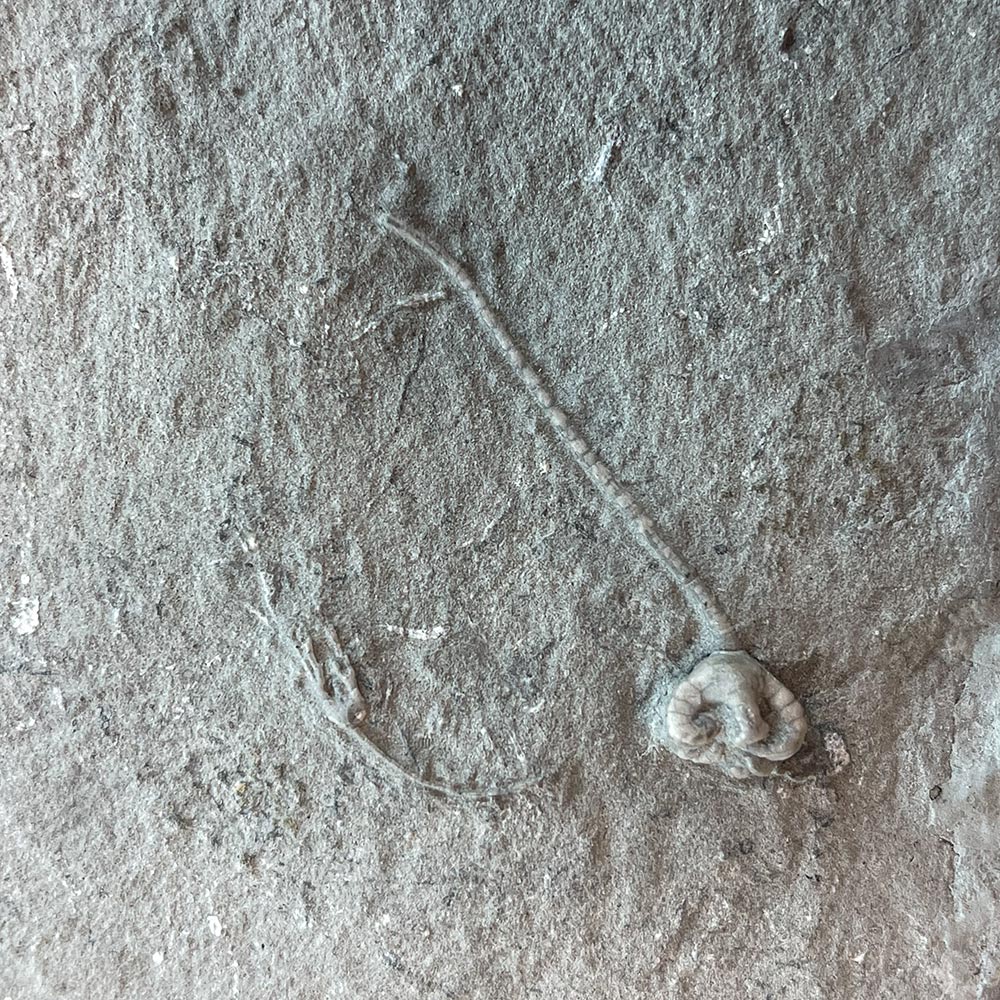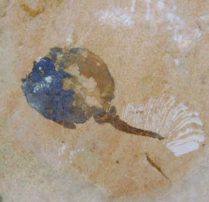Description
Actinocrinites gibsoni plus three other crinoids
Lower Mississippian
Edwardsville Formation
Crawfordsville, Indiana, USA
Big 18 inch crinoid on 20 inch slab with FIVE smaller crinoids with stems.
These fossils come from the Edwardsville Formation, part of the Mississippian Period, approximately 340 million years ago. The site is considered one of the most famous locations for crinoid fossils globally, with well-preserved specimens offering a unique insight into these ancient marine animals.
What makes the Crawfordsville Crinoids so remarkable? Crinoids, commonly known as sea lilies, are marine animals related to starfish and sea urchins. They are echinoderms, and despite their plant-like appearance, they are animals that filter feed using feathery arms. They have a stalk (stem) that anchors them to the seabed and a crown, consisting of arms used for capturing food particles from the water.
Crawfordsville crinoid fossils are extraordinarily well-preserved, often in 3D detail, showing intact stems, crowns, and sometimes the soft parts of the crinoid. This level of preservation is rare because crinoid skeletons are usually fragile and tend to disarticulate after death. This fossil site is remarkable for the variety of crinoids preserved, along with other marine organisms like blastoids, corals, and brachiopods from the Mississippian Period, a time when much of North America was covered by shallow seas. The rich fossil beds of Crawfordsville represent a marine ecosystem from that time.









